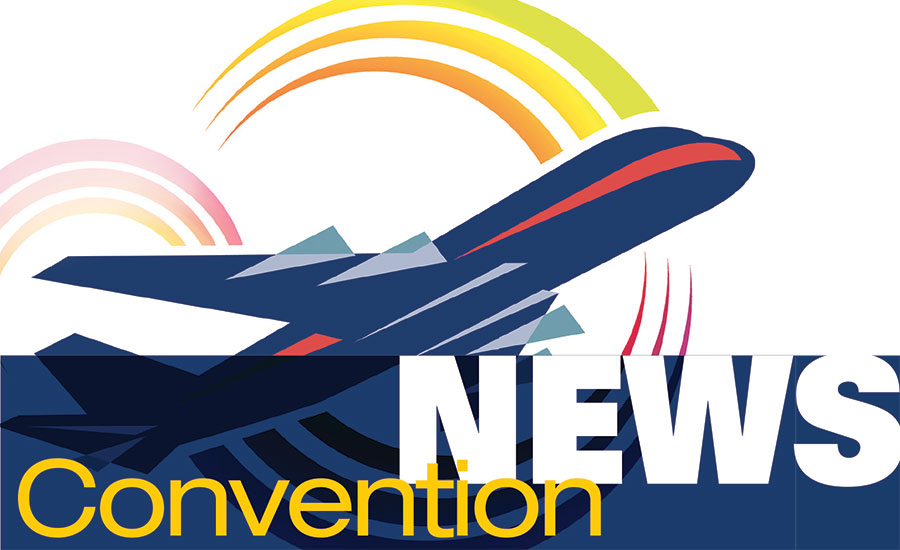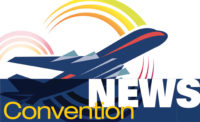Terry Mathis, founder and CEO of ProAct Safety, asked for a call to action Monday, saying every safety program needs branding, which creates buy-in. He compared safety programs to sports teams and other visually recognizable brands such as Nike and Coca-Cola, which all have distinct logos.
“If your safety program has a brand, it will strengthen your brand energy,” he said. “It’s something you’ll always associate with that idea.”
Mathis suggests that some safety programs fail to generate excitement and participation because they are poorly planned.
“If you want safety to be a team effort, create a team,” he said. He stressed that branding creates visual recognition, which in turn creates buy-in. When employees are invested in a program, they will go far to show their loyalty, Mathis said.
He said once a brand is established, it’s easy to create positive experiences to associate with safety. He asked NSC attendees to ask themselves about safety’s current brand identity. There are four steps to begin branding a safety program, he said. They are name, visual image, spokespeople and associations, such as training, meetings and enforcement. Mathis said spokespeople or role models must be established to help spread the brand’s message and image to other employees.
“Start every meeting by asking someone to share something about safety,” he said. Managers often assume every employee is a safety advocate or a spokesperson, Mathis said, and that just isn’t true, which is why it’s important for a safety program to designate one.
Mathis offered seven steps to branding your safety initiative.
- Start with a message.
- Stress the rationale: Why is this approach better than the other one?
- Give it a name. Give it an acronym, something people can remember. It gives it an identity. Good branding and good marketing will get you far.
- Develop a logo. Give your safety program instant visual recognition.
- Adopt a tag line.
- Create a voice: It should have a distinct sound.
- Be true to your brand. If you say safety is a high priority or value, you know customers will question it if you don’t follow through.



